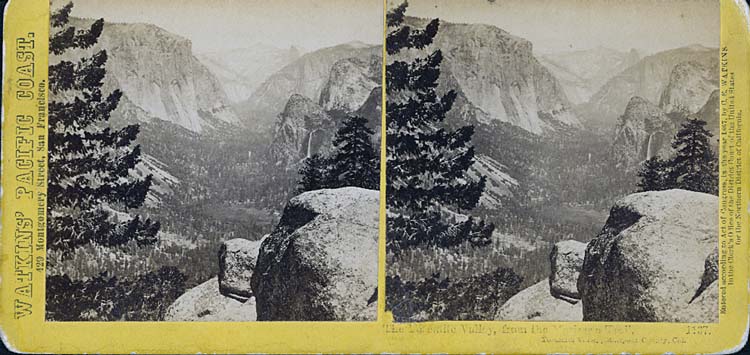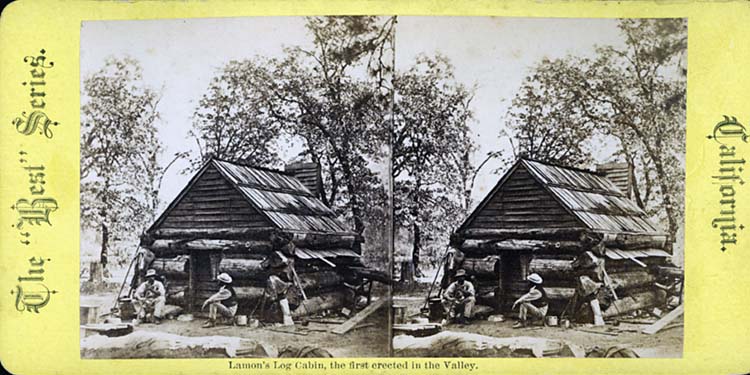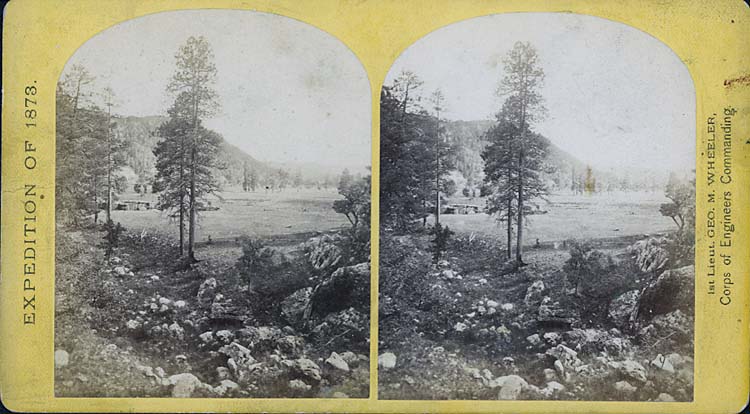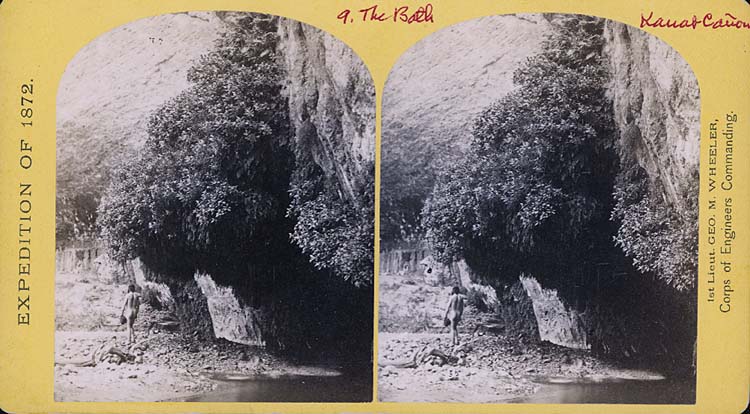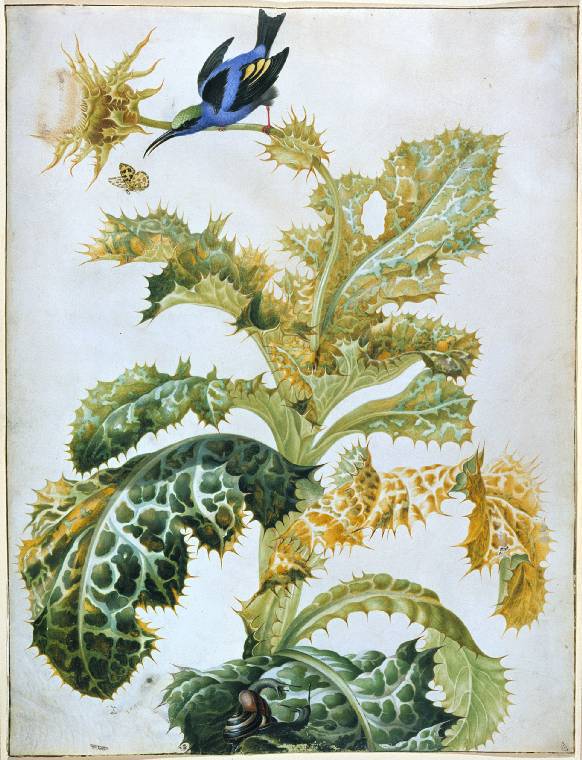My visit after Christmas to the Getty Center had as its main destination an exhibit of photographs by Carleton Watkins.
Watkins worked all over the West Coast, and was the first person to develop an important body of work on Yosemite. The show contained beautifully preserved examples of his photographs, including a few that rank up there among my all-time favorite photographs ever taken.

Carleton Watkins: El Capitan, 1860s [ Library of Congress ]
More than one person has argued that Watkins is the first important artist to come out of California, regardless of medium, and I would not argue that point. There’s a poise and stillness to the work. The images seem to float in their own time and space that extends to infinity.
Even after an hour in a crowded series of galleries, the work left me with a sense of stillness that I still feel, over a week later. (The fact that I’m still on vacation also probably has something to do with it…)
Carleton Watkins: First View of the Yosemite Valley from the Mariposa Trailca. 1866.
In the image to the left, El Capitan, the light-colored mass of granite to the distance in the left, balances elegantly with the bulk of the nearer hillside on the right. It’s an amazingly formal, modern image. I don’t know of any drawing, painting or other photograph from up to this time that looks anything like it.
(This is one of two versions of this image taken at the same time from the same vantage point. I prefer the other version of this image, which is in the Getty show. I wasn’t able to find anything on the web to borrow of either version, so this quick shot out of one of my books that at least gives you an idea of the image.)

Carleton Watkins: Cape Horn, Columbia River, 1867 [ National Gallery of Art ]
I had a conversation with Roy Flukinger, Curator of Photography & Film at the Harry Ransom Humanities Research Center at the University of Texas at Austin, about nineteenth century landscape photographs. He spoke of a “transubstantiation” of matter that occurs in many of them, where the long exposures and photographic techniques rendered water, air and land to be almost equivalent materials. In the image above, the water and sky and distant mountains merge into each other. The cliffs to the right seem to float over the water. At the same time, they seem to fit into the rocks to the left like a key fits into a lock, or the way the shape of Africa reaches across the Atlantic to nestle into the empty space of the Caribbean on a map.
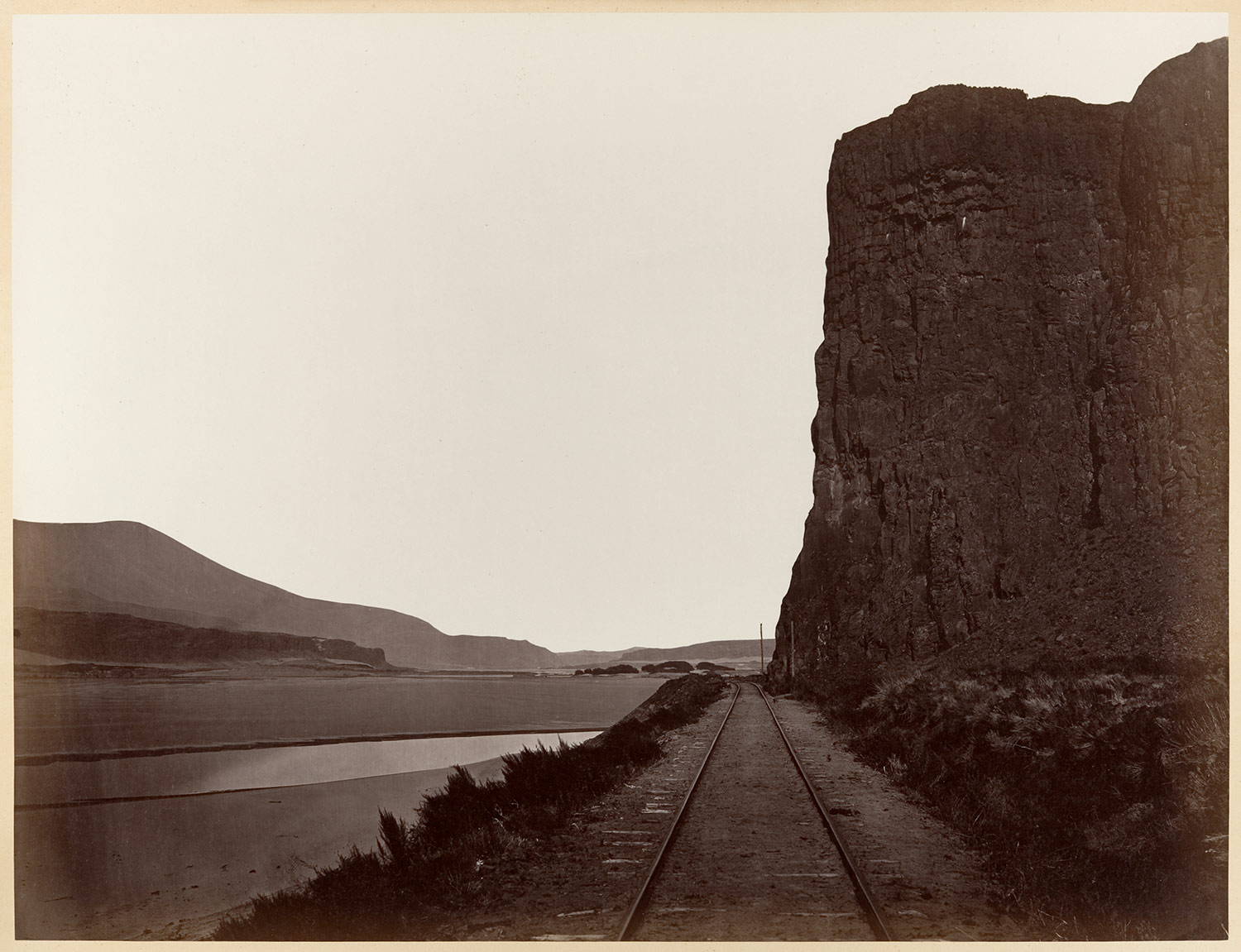
Carleton Watkins: Cape Horn near Celilo, 1867 [ Metropolitan Museum of Art ]
The quietness and sense of infinite space in this one is phenomenal. If your blood pressure doesn’t drop ten points after viewing this image, nothing will bring it down!
Dialogue Among Giants: Carleton Watkins and the Rise of Photography in California runs until March 1.

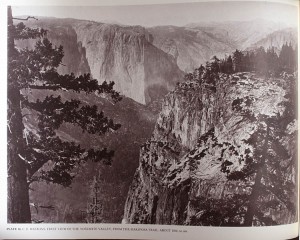

 Mary Catherine Newcomb. Molded eggplant from Product of Eden [
Mary Catherine Newcomb. Molded eggplant from Product of Eden [ 

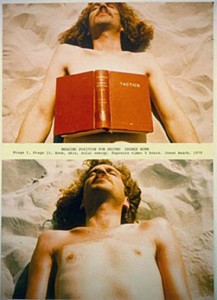
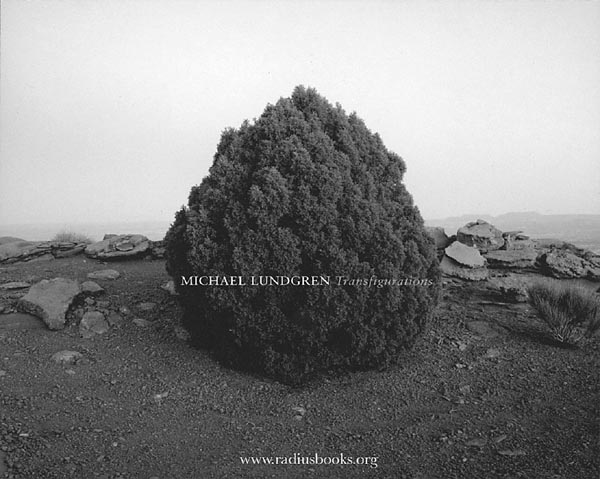

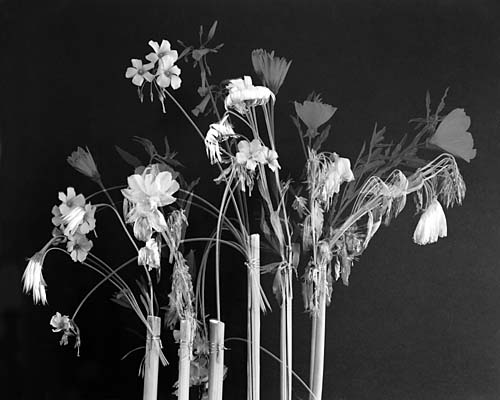
 As you might guess from the title, it’s almost exclusively photos of plants in vases where the flowers have been cropped out of the picture. It’s a little willful, for sure, but I think many of the images are really beautiful. See what you think…
As you might guess from the title, it’s almost exclusively photos of plants in vases where the flowers have been cropped out of the picture. It’s a little willful, for sure, but I think many of the images are really beautiful. See what you think…
